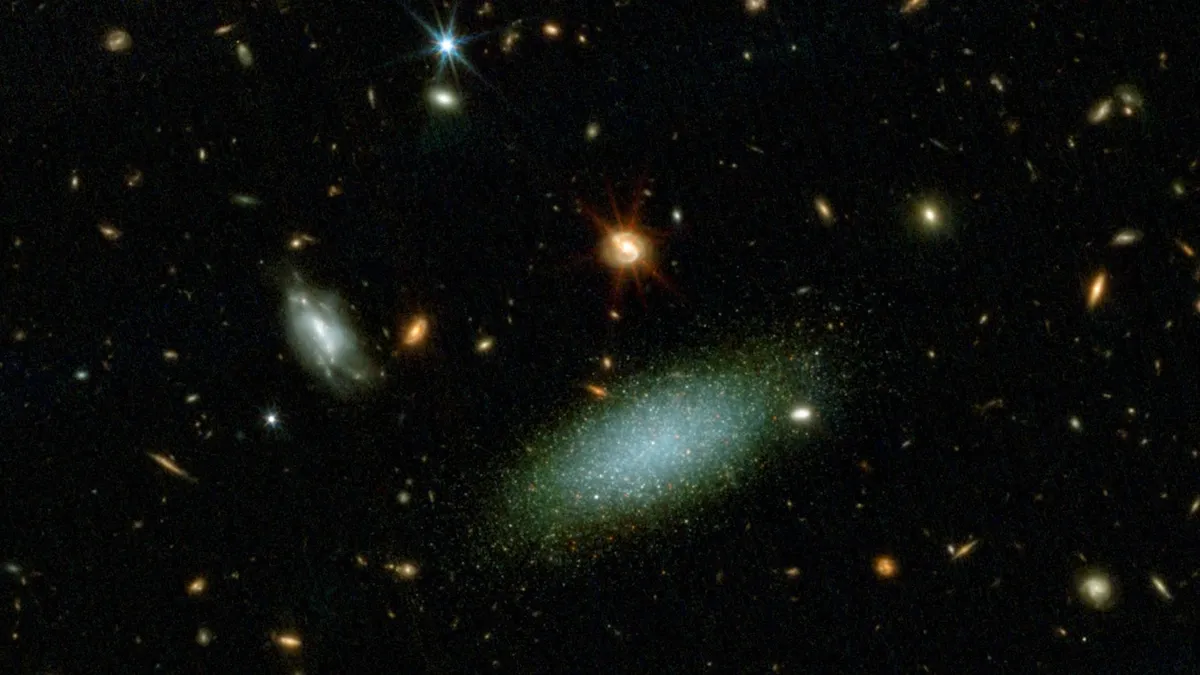
In a groundbreaking achievement, scientists have unveiled the largest map of the universe ever created. This remarkable map spans a minuscule segment of space and captures nearly all of cosmic history. It includes almost 800,000 galaxies, some of which are so distant that they reflect the universe as it was approximately 13 billion years ago. Released on Thursday, June 5, by the Cosmic Evolution Survey collaboration, this map offers unprecedented insights into the cosmos.
The newly released map covers a 0.54-degree-squared arc of the sky, an area about three times larger than the moon appears from Earth. To gather the extensive data required for this cosmic cartography, the James Webb Space Telescope (JWST) dedicated 255 hours to observing a specific region known as the COSMOS field. This area is particularly advantageous for cosmic observations, as it boasts minimal interference from stars, gas clouds, or other celestial objects that could obstruct our view of the deep universe.
The JWST's observations of the COSMOS field have provided scientists with an incredibly detailed view of the universe, reaching back as far as 13.5 billion years. One of the fascinating aspects of this research is the effect of the universe's expansion on visible light. As light travels across vast cosmic distances, it gets stretched, transforming into infrared light. This phenomenon is precisely why the JWST was engineered to be an exceptionally sensitive infrared telescope: to capture these faint, elongated signals from the universe's infancy that previous telescopes could not detect.
The findings from the JWST are already reshaping our understanding of how the universe formed. Caitlin Casey, a professor of physics at the University of California, Santa Barbara, and co-lead for the COSMOS project, expressed her excitement in a statement: "Since the telescope turned on, we've been wondering: Are these JWST datasets breaking the cosmological model?" The results have indeed been surprising; JWST reveals approximately ten times more galaxies than previously anticipated at these astonishing distances. Moreover, it has uncovered supermassive black holes that remain undetectable by the Hubble Space Telescope.
In a move towards transparency, the raw data from the COSMOS field observations was made publicly available shortly after its collection by the JWST. However, accessing this data isn't straightforward. The raw datasets from advanced telescopes like JWST require processing by individuals with specialized technical expertise and access to robust computing resources.
The release of the largest map of the universe marks a significant milestone in cosmic exploration. With the advancements provided by the James Webb Space Telescope, scientists are gaining insights into the formation and evolution of the universe like never before. As research continues to unfold, the implications of these findings promise to deepen our understanding of cosmology and the intricate workings of the cosmos.